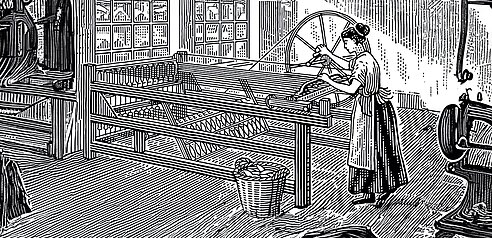As the quintessential industrial city, there is no doubt that Manchester earned its nickname, ‘the workshop of the world’.
“As the quintessential industrial city, there is no doubt that Manchester earned its nickname, ‘the workshop of the world,’” writes Chelsea Follett in the 22nd article in the series about cities that have shaped our world. In this lesson, you’ll learn about the city of Manchester, England, the first center of textile production in Great Britain as well as how industrialization there helped spark a revolution in living standards over the past 200 years.

